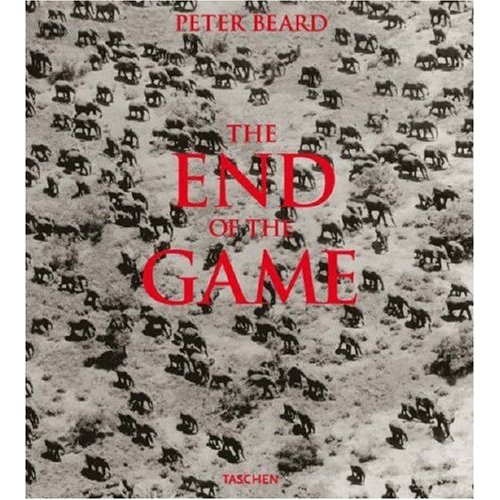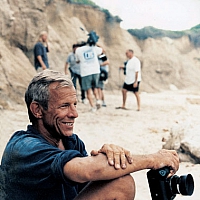
From Library Journal
Beard has written an engrossing book that is part history and part travelogue; throughout, it is a paen to Africa. Black-and-white photographs make up the bulk of the book. In trying to make us understand the depth of the tragedy that has transformed Africa, Beard presents many gruesome and shocking photographs. Originally published in 1965 and updated in 1977, this work is essentially a reprint of the latter edition. A new afterword has been appended, but the remainder of the book is unchanged. For libraries that do not own the 1977 edition, Beard presents a lively, vivid account of European and American intrusion into Africa; others may wish to replace heavily used copies. Essential for any African collection.
- Randy Dykhuis, OCLC, Dublin, Ohio
Copyright 1989 Reed Business Information, Inc. --Ce texte fait référence à une édition épuisée ou non disponible de ce titre.
Book Description
The origins, history, and prospects of big game in Africa
Researched, photographed, and compiled over 20 years, Peter Beard's End of the Game tells the tale of the enterprisers, explorers, missionaries, and big-game hunters whose quests for adventure and "progress" were to change the face of Africa in the 20th century. This landmark volume is assembled from hundreds of historical photographs and writings, starting with the building of the Mombasa Railroad ("The Lunatic Line") and the opening-up of darkest Africa. The stories behind the heroic figures in Beard's work--Theodore Roosevelt, Frederick Courtney Selous, Karen Blixen (Isak Dinesen), Denys Finch-Hatton (the romantic hero of Out of Africa), Philip Percival, J. A. Hunter, Ernest Hemingway, and J. H. Patterson (who became famous as the relentless hunter of the "Man-Eating Lions of Tsavo")--are all contextualized by Beard's own photographs of the enormous region. Shot in the 1960s and '70s in the Tsavo lowlands during the elephant-habitat crisis and then in Uganda parks, Beard's studies of elephant and hippo population dynamics document the inevitable overpopulation and starvation of tens of thousands of elephants and rhinos.
Originally published in 1965 and updated in 1977, this classic is resurrected by TASCHEN with rich duotone reproduction and a new foreword by internationally renowned travel and fiction writer Paul Theroux. Touching on themes such as distance from nature, density and stress, loss of common sense, and global emergencies, this seminal picture history of eastern Africa in the first half of the 20th century shows us the origins of the wildlife crisis on the continent, a phenomenon which bears a remarkable resemblance to the overpopulation and climate crises we face today.
Ingram
Peter Beard lived on land adjoining the farm of Karen Blixen (Isak Dinesen) in Kenya. There he began a special relationship with Karen and with the people and animals of the continent. Here he documents the history and future of African wildlife, focusing on the widespread destruction of the African elephant. Beard will be the subject of an ABC TV special this spring. --Ce texte fait référence à une édition épuisée ou non disponible de ce titre.
About the author
Born in New York City in 1938, Peter Beard began taking photographs and keeping diaries from early childhood. By the time he graduated from Yale University, he had developed a keen interest in Africa. Throughout the 1960s and '70s he worked in Tsavo Park, the Aberdares, and Lake Rudolf in Kenya's northern frontier. His first show came in 1975 at the Blum Helman Gallery, and was followed in 1977 by the landmark installation of elephant carcasses, burned diaries, taxidermy, African artifacts, books and personal memorabilia at New York's International Center for Photography. In addition to creating original artwork, Beard has also worked as a Vogue photographer and collaborated on projects with Andy Warhol, Andrew Wyeth, Richard Linder, Terry Southern, Truman Capote, and Francis Bacon. In 1996, shortly after Beard was trampled by an elephant, his first major retrospective took place at the Centre National de la Photographie in Paris, France, followed by shows in Berlin, London, Milan, Stockholm, Tokyo, and Vienna, among others. He lives in New York City, Long Island, and Kenya with his wife, Nejma, and daughter, Zara.

